|
AI is often thought of as a technology that is cold and emotionless. However, in recent years there has been an increase in the use of AI in art therapy. This is because AI can be used to create works of art that are unique and personalized for each individual based on minimal input from the user. This makes it a valuable tool for helping people to express themselves and work through their emotions. In this article, we will explore the benefits of using AI in art therapy.
What is art therapy? Art therapy is a type of psychotherapy that uses art-making to facilitate healing and self-expression. Art therapy can be an effective treatment for people of all ages and backgrounds, but it is especially well-suited for older adults. The aging process can often lead to feelings of isolation, loneliness, and depression, as well as diminished cognitive functioning. Art therapy can help to address these issues by providing a creative outlet that helps seniors to express themselves and connect with others. For those with dementia, art therapy can also help to preserve memories and boost self-esteem. In addition, art therapy can provide a sense of calm and relief from anxiety and stress. Ultimately, art therapy can be a valuable tool for promoting physical, mental, and emotional wellbeing in older adults. The benefits of art therapy Art therapy is based on the premise that the creative process can be used to help people explore their emotions, reduce stress, and resolve conflict. Research has shown that art therapy can be an effective treatment for a wide range of mental health conditions, including anxiety, depression, PTSD, and addiction. Art therapy is also well-suited to those who may not feel comfortable talking about their feelings. The creative process can provide a safe outlet for emotions that may be difficult to express in words. The process can also help delve into the subconscious and help people to access parts of their emotions that they may not even be aware of on a conscious level. In addition, the act of creating art can be calming and therapeutic in itself. Art therapy can help people to develop new coping skills and build self-confidence. How to get started with art therapy Getting started with art therapy is easy, all you need is a comfortable space to work in and some basic supplies. Many people choose to use drawing or painting as their primary medium, but there are no rules, you can experiment with any type of art that you enjoy. Allow yourself to be creative and open-minded, you can experiment to your heart's content. The most important thing that one needs in order benefit from art therapy is to simply allow yourself some free exploration time while being open minded enough about where these experiments may lead next. If you're not sure where to start, consider working with a certified art therapist who can help you explore your unique needs and preferences. With a little time and effort, you can start reaping the benefits. AI art therapy In recent years, there has been growing interest in using AI to create artworks that can be used in therapy. AI art therapy is a relatively new approach that combines the benefits of art therapy with the potential of AI technology. AI art therapy projects often involve creating digital artworks that respond to the user's emotional state. For example, a user may input their feelings into an AI text-to-image program, and the software will generate a corresponding image. The idea is that by interacting with the artwork, the user will be able to process and understand their emotions in a new way. Because Ai art is generated by a computer, it doesn't require the same level of physical dexterity as traditional artwork. This makes it an ideal form of expression for those with physical disabilities. In addition, because Ai art is created using an algorithm, it can be a less time consuming process allowing participants with certain mental conditions to stay engaged. Thanks to advances in this technology, anyone can create stunning works of art, regardless of their physical or mental limitations. If you are interested in trying AI art therapy, there are a number of ways to get started. There are several online platforms that allow you to create your own digital artworks, or you can participate in a session with a trained therapist. This is still a relatively new field, so there is still much research being conducted into its efficacy. However, initial studies suggest, like traditional art therapy AI art therapy can be effective for treating conditions such as anxiety, depression, and post-traumatic stress disorder (PTSD). 4 Tips for making the most out of art therapy 1. Be open to trying new things. Art therapy can involve a wide range of activities, from painting and sculpture to pottery and collage. Don’t be afraid to step outside of your comfort zone and try something new. 2. Trust the process. The goal of art therapy is not to create a masterpiece but to use the creative process as a way to explore your thoughts and feelings. Let go of your expectations and allow yourself to simply relax and create. 3. Be patient. It may take some time to see results from art therapy. But trust that the process is working, even if you don’t see immediate results. 4. Seek professional help. If you’re struggling with mental health issues, consider seeking professional help from an art therapist or other mental health provider who can offer guidance and support. Art therapy provides an outlet for people to express themselves and can help others understand the emotions and thoughts they may otherwise have difficulty expressing. It can also provide cognitive stimulation and a sense of accomplishment or pride. While art therapists are trained professionals, there are many ways to get started with art therapy on your own. You can start by incorporating some simple art projects into your regular routine. There are also apps and online programs that Offer AI-assisted art, which can be a great option for those who may have physical limitations. Whatever approach you take, remember to keep the same goals in mind: to have fun, bond with your loved ones, and connect more through creativity. Comments are closed.
|
AuthorTyice Strahl Categories
All
Archives
May 2023
|
- Home
-
Settings
- Assisted Living
- Home Care
- Independent Living
- Memory Care
- Skilled Nursing
- Adult Family Homes
-
All Communities
>
- Aspen Quality Care
- Avamere South Hill
- Brighton Court
- Brookdale Nine Mile
- Brookdale Park Place
- Cheney Assisted Living
- Cherrywood Assisted Living
- Colonial Court
- Cornerstone Court
- Evergreen Fountains
- Palouse Country
- Fairview Assisted Living
- Fairwinds
- Fairwood
- Fieldstone Memory Care
- Good Samaritan
- Maplewood Gardens
- Moran Vista
- North Point Village
- Orchard Crest
- Pine Ridge Memory Care
- Emilie Court
- Ridgeview Place
- Riverview Retirement
- Rockwood Retirement Community
- Rose Pointe Assisted Living
- Royal Park
- South Hill Village
- Sullivan Park Assisted Living
- Sunshine Health Facilities
- Touchmark Assisted Living
- Willow Grove
- Wind River
- Alderwood Manor
- Franklin Hills
- Manor Care
- North Central Care Center
- Providence St Joseph
- Regency at Northpointe
- Royal Park Health and Rehabilitation
- Spokane Veterans Home
- The Gardens on University
- Spokane Assisted Living Directory
- Locations
- Services
- About
- Senior Living Blog
- Contact
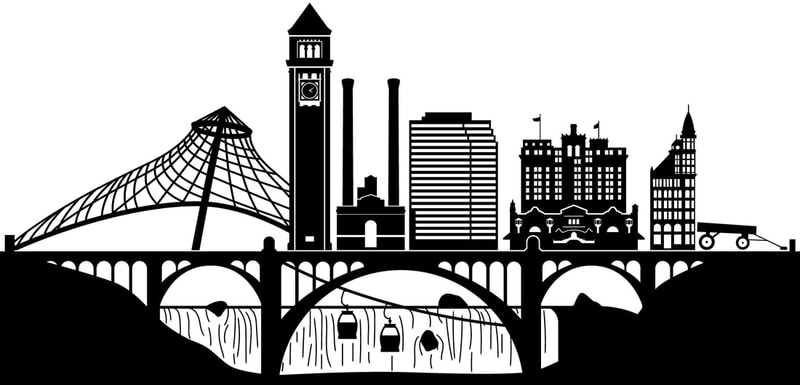
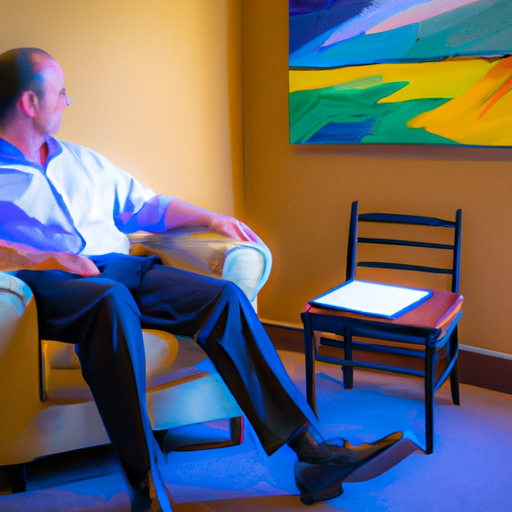
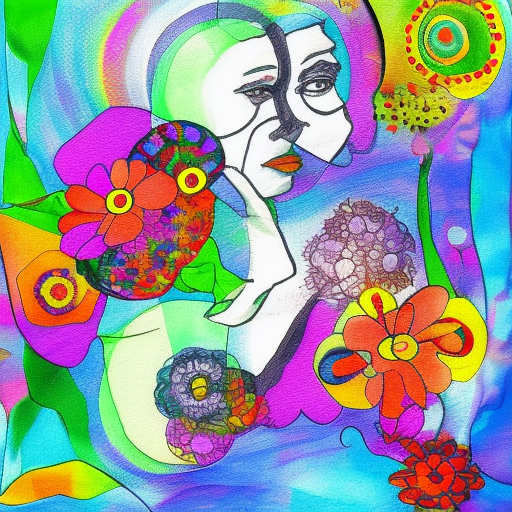
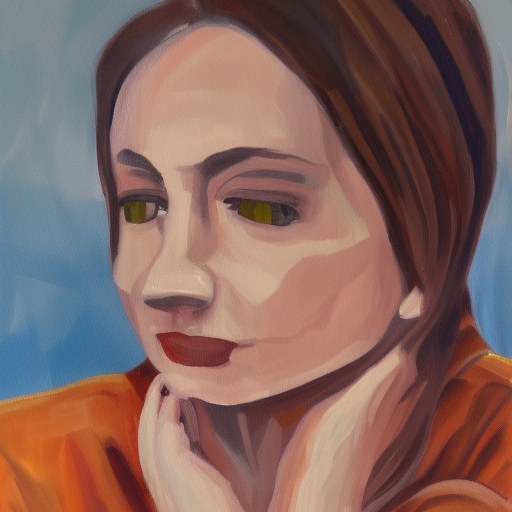
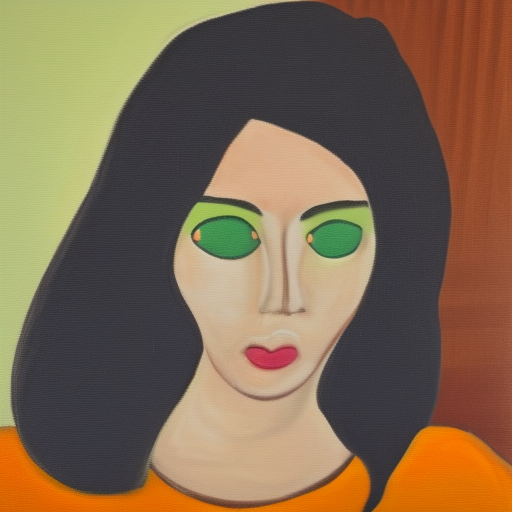
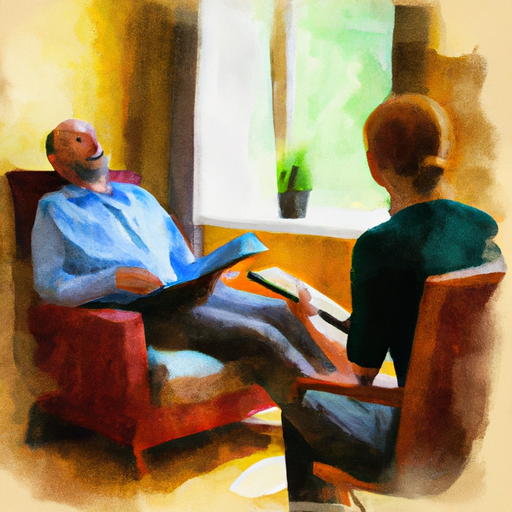
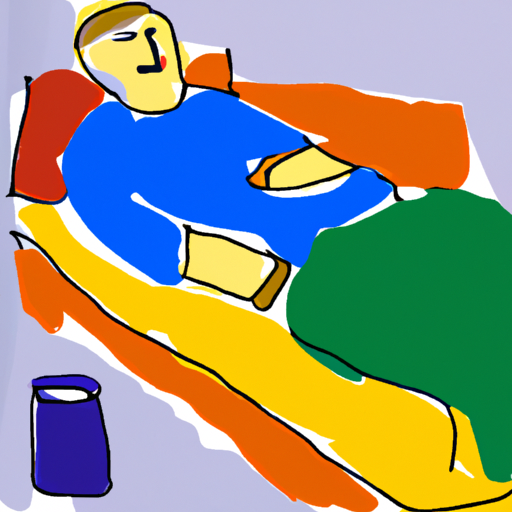
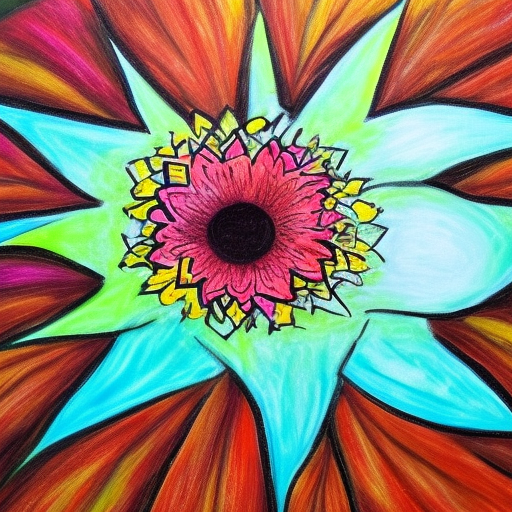
 RSS Feed
RSS Feed
